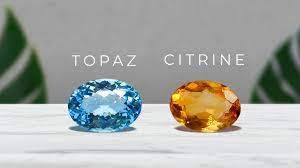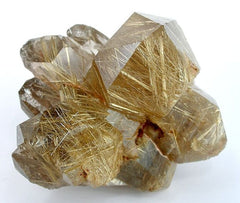4 things you need to know when you buy a gemstone.
May 06 2015 0 Comments Tags: Buying, gemstones, information

Clarity:
Clarity refers to the internal flaws (inclusions) or the external blemishes that occur during the stone formation process.
How we classify the clarity at Gemstones Brazil?
IF = Loupe Clean - Internally flawless; free of inclusions.
VVS = Almost Loupe Clean - Very, very slight inclusions.
VS = Eye Clean - Very slight inclusions.
SI = Slightly included - Small inclusions can be seen with the naked eye
I1 = Included - Inclusions can be seen with the naked eye
Transparent = A gemstone having the property of transmitting light without serious diffusion / may have rutile or other inclusions
Translucent = Allowing light to pass through, but not transparent
Opaque = Does not allow light to pass through
Here you can check the grade represented by GIA using a 10% magnifier:

To keep in mind:
- A flawless coloured gemstone is more rare than a flawless diamond.
- Clarity in coloured stones does not carry the premium that perfection has with diamonds.
- Inclusions may be used to identify the origin of a stone or give then identity. Indeed, inclusions are not necessarily considered a bad thing.
- One of the important points to make when judging clarity is to judge it against the normal standard of that specific gemstone. For example, emeralds almost always have inclusions.
Carats:
A carat is the unit of weight by which a gemstone is measured. Because large gemstones are found less commonly than small ones, the price of a gemstone raises exponentially to its size.
Note: 1ct = 0.2g
To keep in mind:
Select gems by size, not by weight! Gem varieties vary in density, so carat weight is not a good indication of size.
Size: Gems are always measured in Millimetre (mm)
Dimensions are given as: length x width x depth, except for round stones which are diameter x depth.
Some sizes x carats relation!


Cut:
Stones either are cut with facets, or are non-faceted, such as the cabochon cut.
The gem is faceted when its surface is covered with several geometrically arranged, flat surfaces. Each of these flat surfaces is called a facet.
The gemstone cut known as cabochon is one of the most ancient methods of cutting gemstones. It is rounded on the top and flat on the bottom. Check some emerald cabochons.
Check out some of the cuts we do at Gemstones Brazil:

Keep in mind:
- The brilliance of a gemstone depends heavily on its cut.
- A well-cut gemstone is symmetrical and reflects light evenly across the surface, and the polish is smooth, without nicks or scratches.
- As some people say: ”A simple "coloured stone" becomes a real GEM with good cutting”.
I hope this was an educative and enjoyable post. My goal is to enable my customers to make an informed purchase. I think this is the best way to guarantee satisfaction. You can shop better by taking the time to learn how to buy the perfect gem and good tips are always welcome.
0 comments





Leave a Comment